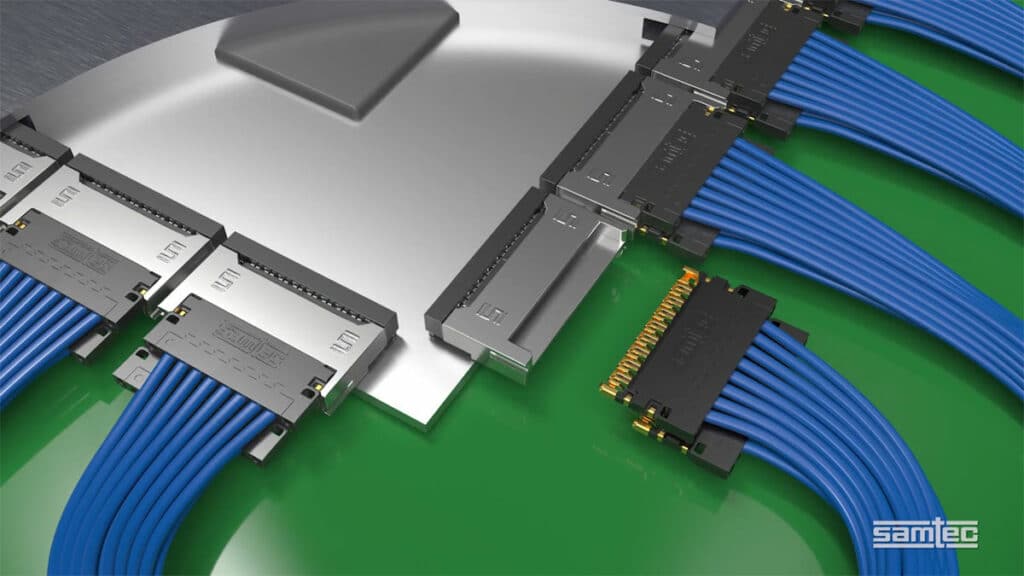This post if based on Samtec blog article that digest needs for interconnection for AI Artificial Intelligent systems.
Every element of modern life has been impacted by the rise of computing and the semiconductors that power it, but there is no aspect of computing that has caught the public imagination more that the rise of artificial intelligence (AI) and machine learning (ML).
Although AI has been with us for some time, recent advances in technology has placed the power of these technologies into the hands of everyday users. Beyond the public arena, AI is enabling innovation in almost all sectors of industry, where its ability to adapt and to respond to evolving demands is creating exciting new applications.
AI is providing new capabilities for the Internet of Things (IoT), the global network of machines that share data with each other. The data itself is collected by sensors, and then communicated to other machines via the internet in which AI is providing new analytical methods to create many innovations in everyday life. While most users are familiar with IoT as part of the smart home, its applications in other areas show far greater potential. In the manufacturing world, the Industrial Internet of Things (IIoT) will be one of the key drivers of the growth in AI over the next decade. Other applications can be found in the automotive, agricultural and consumer sectors.
The rise of AI applications is driving the development of new system architectures that will deliver increased speeds, greater bandwidth, and higher frequencies. To respond to the increasing demand that the explosion in AI will create, these architectures will depend on the ability to quickly reconfigure.
While the publicly accessed AI tools are provided by data centers and delivered by a web browser, AI is finding its way into an ever-increasing number of applications in the field. Modern embedded computing is using system-on-module (SoM) and computer-on-module (CoM) architectures to deliver ultra-low latency and high-speed at the point of need. AI systems consist of multiple SoMs and CoMs, and many of these new systems require increased speed and density in very small footprints.
Data is crucial to the successful implementation of AI systems, and connectivity is vital. In an increasingly wireless world, the speed and volume of the data that must be shared means that there is still no alternative to high-speed, physical connectivity. Emerging application-specific AI hardware systems require optimized channel performance to support increased data rates.
AI and ML are some of the most exciting – and potentially disruptive – innovations of this century, but without high performance connectivity they will not be able to reach their full potential.
